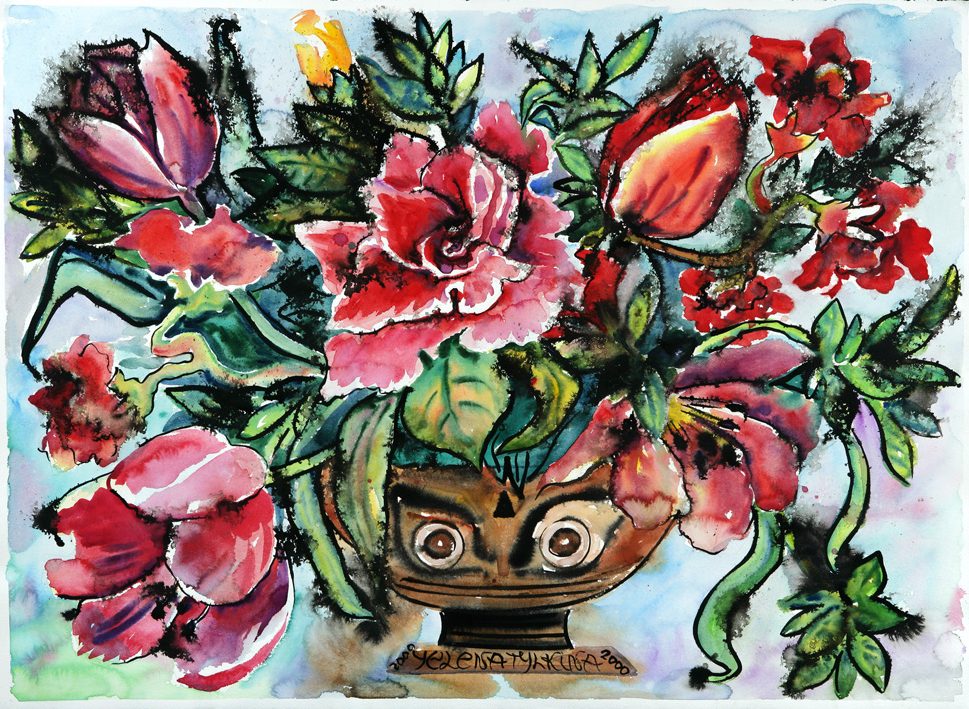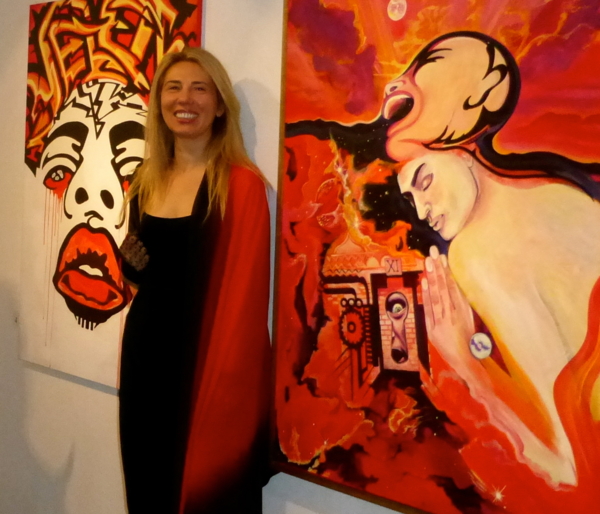Biography
On June 8, 1965, in the small town of Orsha in the Vitebsk Province, Belarus, at approximately 11:00 in the morning, a girl was delivered by “C†Section. The child’s mother, Anna Tylkina, named her Yelena, after the great trouble maker, Princess Helen of Troy. By osmosis, the word “rebel†etched itself into the new soul along with a lust for swimming against the current which never left Yelena Tylkina. The town of Orsha was just a dot on the map of the Soviet Union, as many thousands of similar towns over all the sixteen republics from Baltic Sea to the Bering Strait. For millions of households living without plumbing or a water supply, the “pechkaâ€, the Russian fireplace, was the only source of heat in the bitter winter. It was a struggle to survive year after year. The time of the reign of the communist leader, Leonid Brezhnev, was a gigantic, poisonous swamp that sucked everything in it, including decency, idealism and hope. The KGB’s busy iron fingers were everywhere, squeezing obedience to mediocrity. The slogan “Individualism must be destroyedâ€, became the motto for the future.
In the arts, Soviet Realism was well entrenched. That “realism†consisted of portraits of great leaders swollen from alcoholism and boredom, heroes of space and land, joyful workers and peasants happily enduring long hours of backbreaking labor. The robust androgynous woman with the shovel on her shoulder became the “Madonna†of the Soviet Union. Yet, creative forces sought new venues of expression and people bent boundaries and broke rules. In the “70’s†Russia was swept by spirit of the “Bulldozer Exhibitionâ€. Unofficial Art was presented in private apartments and on the streets and, on some occasions, destroyed on government orders by using bulldozers. The participants were arrested and many served time in jail or in internal exile. Artists, musicians and intellectuals escaped abroad, such as a great dancer Mikhail Baryshnikov, the artists Mikhail Chemiakin, Oscar Rabin, sculptor Ernest Neizvestny and the poet and leader of the Moscow underground art movement, Alexander Glezer, were among the lucky few.
The “free†system of education of the Soviet Union provided no future for the majority of artists and Yelena Tylkina had to do many odd jobs to support herself :laying brick walls, painting beer barrels, selling vegetables on the street, to name only a few. She had her share of misunderstandings with government authorities for anti-Soviet activities beginning at the age of twelve, by expressing publicly her opinions about the hypocrisy and aggressiveness of Soviet politics. Yelena’s “University of Life†was completed with honors, as was her formal art education, which included watercolor, acrylic, pastel, graphics, murals and portraiture.
In 1989, Yelena Tylkina’s fortunate opportunity arrived and she left behind a life of second degree frostbite, the awful stench of pickled herring, colic from indigestion, and a rectum already burning with irritation from being wiped all too many times with newspapers brimming with propaganda. After months of long journeys through Europe, from Poland to Italy, as a stateless, political, refugee, with only bag of dry kasha as her priceless possession, she settled in New York City. Odd jobs and holes in hers hoes were not a novelty for Yelena. But her Karma was to change as easily as the letters of her name, from Slavic to English, as from a black hole to a starry night.


